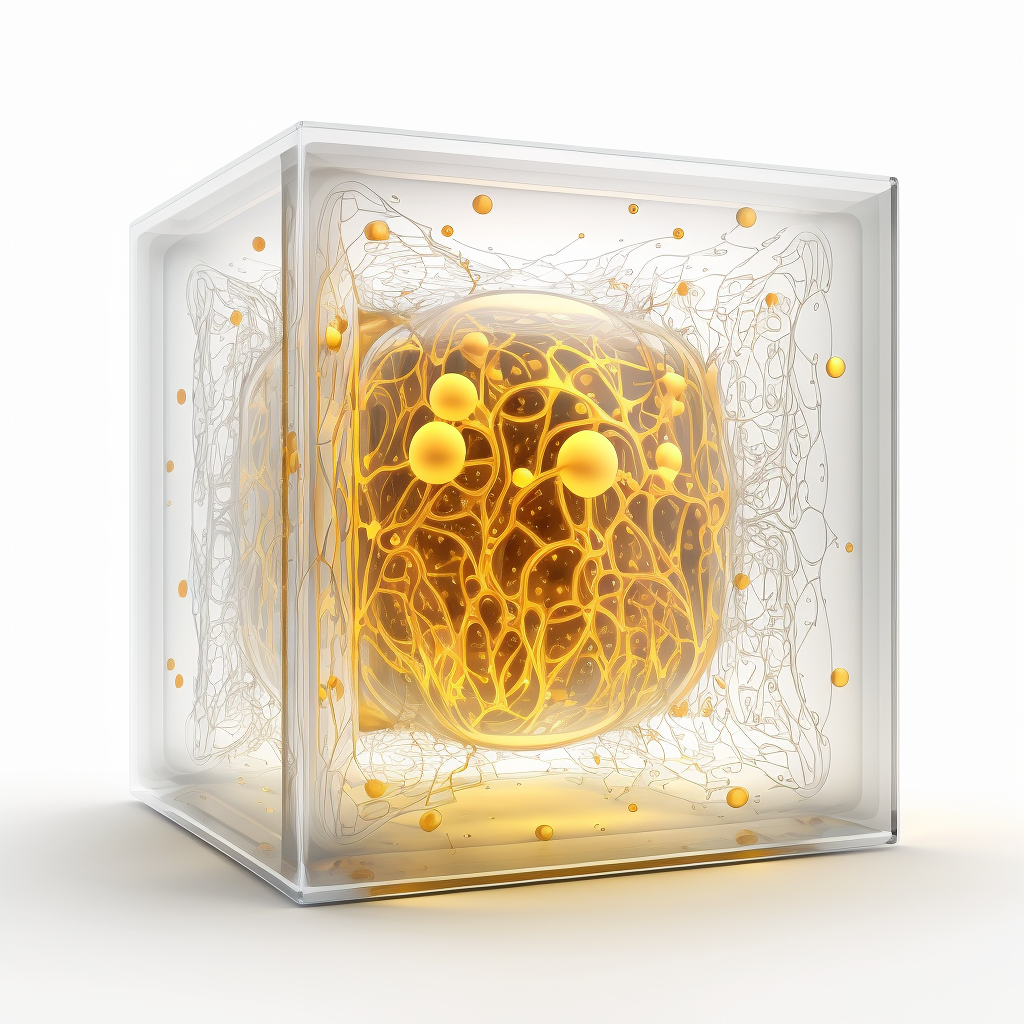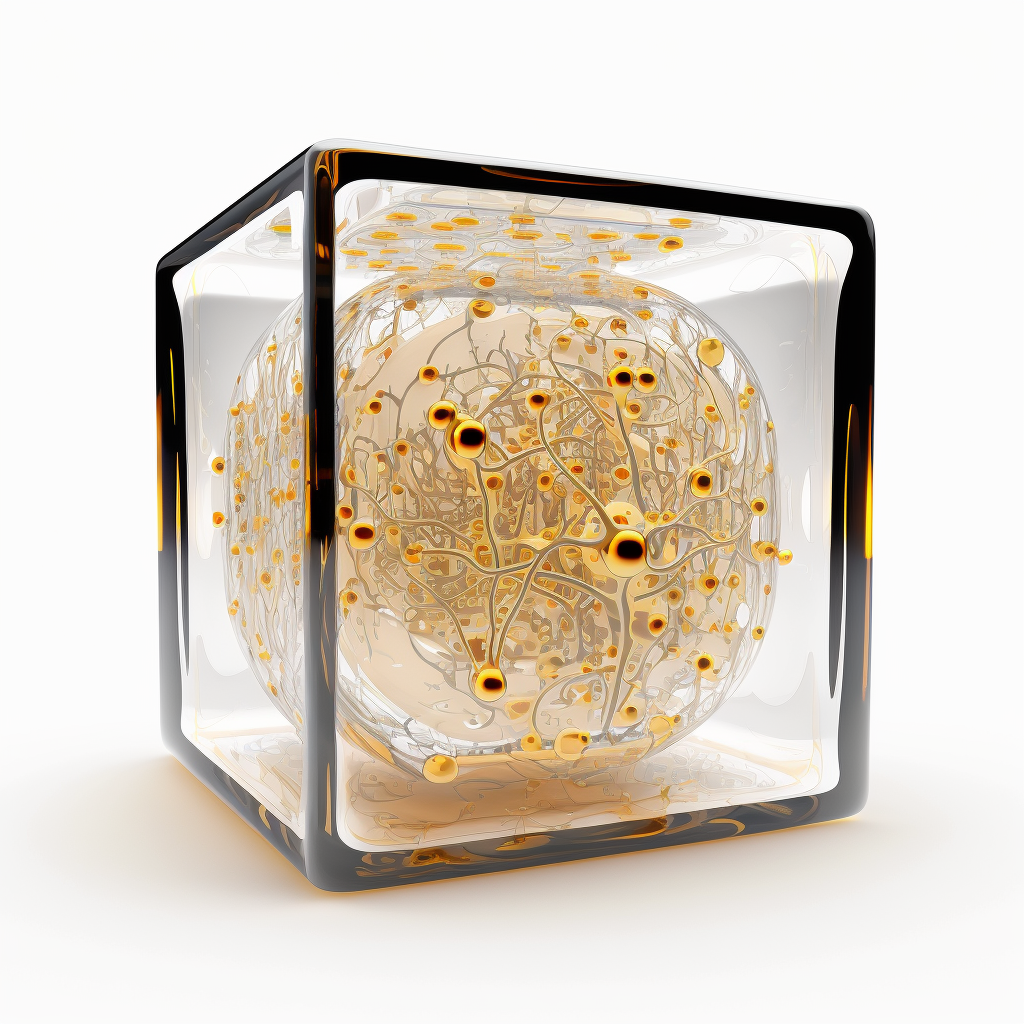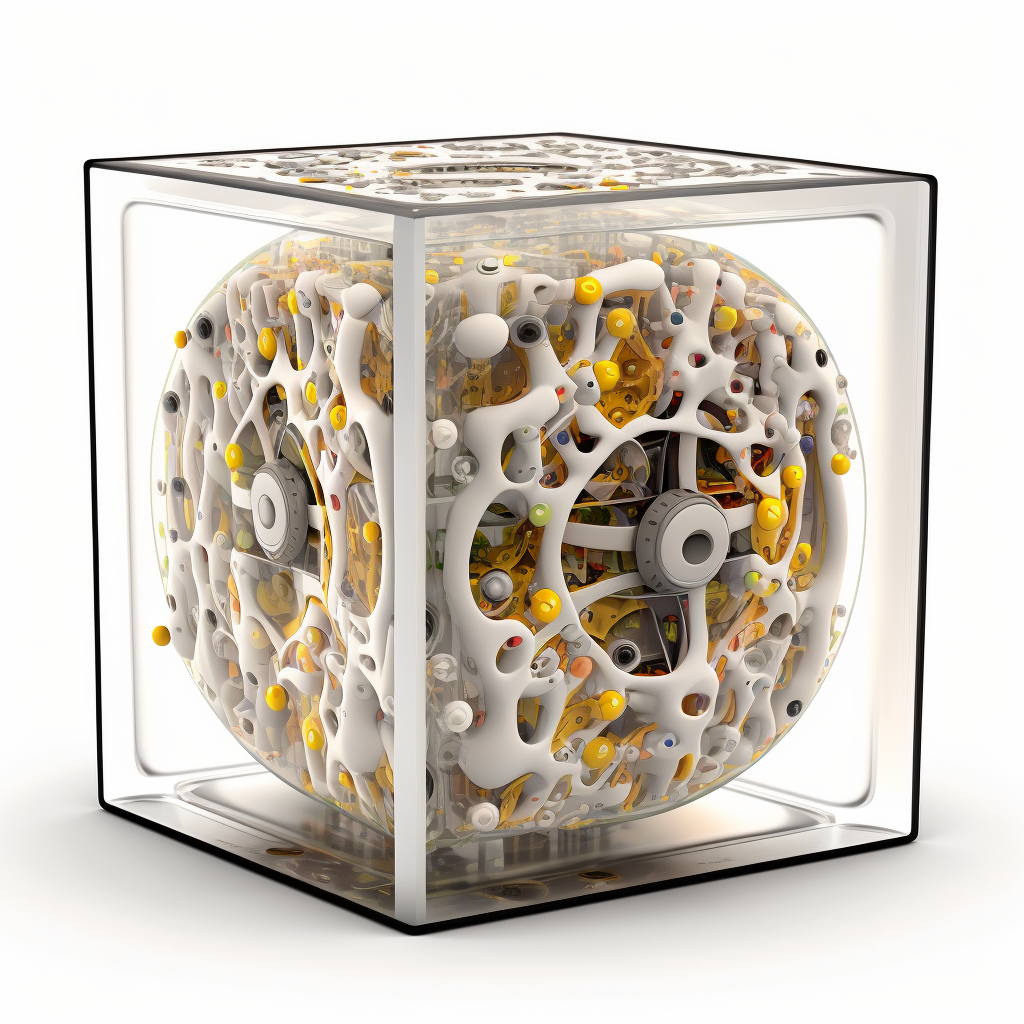Computer Vision
Hawkeye
Our cutting-edge model is specifically designed to identify and categorize various sections within a PDF file. With remarkable accuracy, it can detect crucial elements such as title, author, abstract, heading, text, block-math, inline-math, figure, table, caption, references, and footer. Additionally, this powerful tool goes a step further by skillfully drawing precise boundaries around each identified element.

Hawkeye has been meticulously trained on the renowned MS COCO (Microsoft Common Objects in Context) dataset, ensuring top-tier performance and accuracy. With an impressive parameter count of 152 million, this model stands as a pinnacle of sophistication and capability. Below, you will find key specifications that showcase its exceptional capabilities.
- Accuracy: Hawkeye has raised the bar with its exceptional performance and accuracy. With an impressive achievement of approximately 93.7% accuracy in object detection tasks, it consistently outperforms previous models, leaving a trail of excellence in its wake.
- Speed: Hawkeye is designed for fast inference, making it suitable for real-time applications. Its architecture prioritizes speed without compromising on accuracy, allowing it to process images or video frames swiftly.
Experience unparalleled efficiency and precision with our PDF section identification model, revolutionizing the way you navigate and extract information from PDF documents.
Natural Language Processing
Oath
Introducing our versatile and powerful model that excels at a wide range of tasks. Whether you need assistance with Paper Q&A, Paper Espresso, understanding complex terminology, translation, or seeking answers to your research questions, this model is here to deliver exceptional results. Not only that, but it also serves as the driving force behind our efficient Personal Assistant, Oat. With its capabilities and expertise, this model is ready to provide comprehensive support and meet your diverse needs.

Oath is the result of training on a diverse range of sources, culminating in over 70 billion parameters. As a versatile and powerful tool, it offers exceptional performance across various domains, consistently delivering high-quality outputs. Its broad applicability makes it suitable for a wide range of applications, making it an invaluable resource in numerous fields.
- Output Quality: Oath is engineered to produce high-quality outputs across various tasks and domains. Its vast parameter count, coupled with extensive training on diverse data, enables it to generate coherent, contextually appropriate, and contextually rich text responses.
- Bias, Risks, and Limitations: As with any large language model, ethical considerations are crucial for Oath. Efforts are made to ensure responsible training and usage practices, addressing concerns such as bias, fairness, and privacy, and promoting ethical deployment of the model in various applications.
Oath stands as a cutting-edge, foundational language model with an impressive parameter count. Its extensive training, advanced architecture, and versatility make it an indispensable tool for a wide range of NLP tasks, pushing the boundaries of natural language understanding and generation.
Optical Character Recognition
Gauss
This model is specifically designed to convert both inline math and block math equations detected by Hawkeye into LaTex format. The conversion process involved is highly intricate, but Gauss, our diligent learning algorithm, is making remarkable strides in its rapid learning journey.

Gauss has undergone rigorous training on a vast corpus of LaTeX code sourced from reputable platforms such as Wikipedia and arXiv, resulting in the acquisition of an impressive 110 million parameters. However, to unlock Gauss's full potential and propel his abilities to new heights, additional training is essential.
- Accuracy: The current version of the model boasts an impressive BLEU score of 0.91, indicating its proficiency in generating accurate conversion. However, it is important to note that there is still room for improvement, particularly in converting partially cropped math into correct LaTex representations.
- Speed: In the realm of image-to-LaTeX conversion, Gauss excels at efficiently transforming a diverse array of images into LaTeX format, offering users a streamlined experience. While Gauss consistently performs at a high level, it is worth noting that, albeit rarely, it may encounter slight delays stemming from intermittent bouts of procrastination.
Overall, Gauss offers a valuable solution for converting mathematical content from images into LaTeX format, providing convenience and automation to users engaged in academic, scientific, or technical writing.